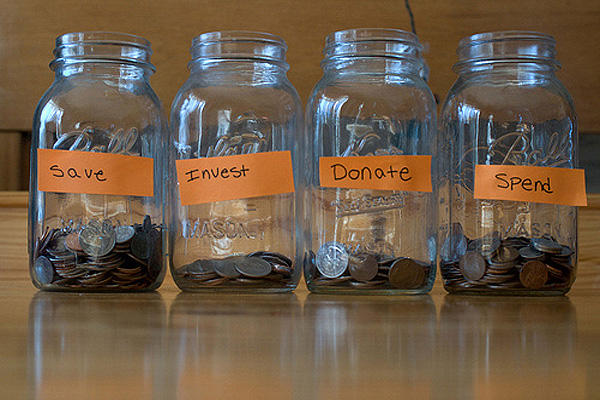The Digital Age has certainly made an impact on the way that we conduct our daily activities from choosing our mates to shopping for our needs. Even children must be taught about handling money, including accumulating savings, in the context of the Digital Age for this reason. Here are a few tips to keep in mind especially about teaching children to save using the various forms of the so-called invisible money.
Teach Them About Invisible Money Being Actual Money
Children are more likely to believe that because there were no exchanges of paper money and coins in payment for the purchases of products in online shopping, there was no money spent in the transactions. The result: They tend to believe that invisible money, such as credit and debit cards, are an unlimited resource that can be used over and over again without adverse consequences on the family’s daily life.
purchases of products in online shopping, there was no money spent in the transactions. The result: They tend to believe that invisible money, such as credit and debit cards, are an unlimited resource that can be used over and over again without adverse consequences on the family’s daily life.
Such thinking can increase the risks for children making online purchases with little to no concept of the consequences involved. This is especially true for video games and apps that they can actually use.
You, as the parent, must teach the kids about invisible money being actual money spent on every product purchased and service patronized. You can show them the total online bills and the subsequent deductions from your bank account, for example, to make them understand.
Show Them the Ways to Save Money
Children should be taught at an early age about saving money in many ways including but not limited to:
- Setting aside part of their school allowance in a piggy bank
- Making simple decisions about which products to buy to satisfy their immediate needs and which products to plan for future purchase (i.e., delayed gratification)
- Using coupons to reduce the amount to be paid for their purchases
You, as the responsible adult, must lead by example, too. You can engage the kids, for example, in looking for and cutting the Save A Lot weekly ads for your weekly trip to the store. You have to explain to them in terms that they can understand the way that weekly ads, coupons, and codes work, even allow them to make their own purchases using these money-saving methods.
When children are exposed to the ways that money can be effectively managed in a manner befitting their age, they will be more likely to be responsible adults, too – and you can take partial credit for it!
